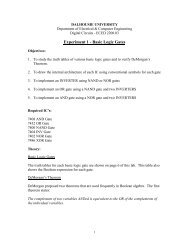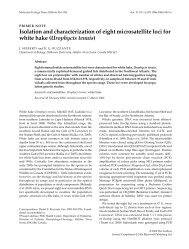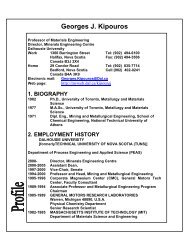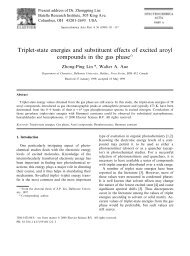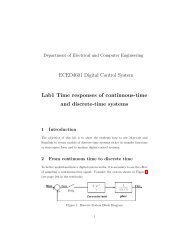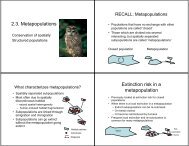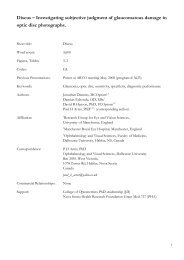Presentation notes: Vinci: Maja Jaakson - Myweb.dal.ca
Presentation notes: Vinci: Maja Jaakson - Myweb.dal.ca
Presentation notes: Vinci: Maja Jaakson - Myweb.dal.ca
Create successful ePaper yourself
Turn your PDF publications into a flip-book with our unique Google optimized e-Paper software.
P r e s e n t a t i o n n o t e s – V i n c i C h a p t e r 6 - P a g e | 2<br />
Deduction to have similar underlying structures (as discussed in Chapter 4). The second is that the<br />
structure must accommodate interpretations of certain elements of the B-Edition 1 Transcendental<br />
Deduction’s argument. <strong>Vinci</strong>’s project is holistic: he aims at a coherent interpretation of the<br />
sections of the B-Deduction that squares with his (and Ameriks’) isomorphism thesis.<br />
Central to <strong>Vinci</strong>’s Chapter is an account of the reason for which there are two sections to the<br />
B-Deduction. In particular, <strong>Vinci</strong> argues against those who take the second part of the B-Deduction<br />
to concern empiri<strong>ca</strong>l intuitions that are merely a subspecies of the intuitions discussed in the first<br />
part, intuitions in general. Moreover, he provides an argument for the existence of un-unified<br />
intuitions. In what follows, I will present <strong>Vinci</strong>’s discussion from sections 1 to 2.3.<br />
1.2 – synthesis, intuitions, judgments<br />
Notion of synthesis compared to combination. Kant distinguishes two forms of combination<br />
(Axioms of Intuition, B-Edition):<br />
1. Composition<br />
Composition combines objects of the same nature.<br />
Problem #1: inconsistent with Kant.<br />
Problem #2: composition does not produce judgment-like wholes (and judgments are produced<br />
by synthesis) – need heterogeneous parts to the complex.<br />
2. Connection<br />
Coincides with the ontologi<strong>ca</strong>l “version” of subject-predi<strong>ca</strong>te judgments.<br />
Problem: <strong>ca</strong>nnot produce intuitions as wholes.<br />
Instead, let us consider the “Sellarsian story”<br />
• representations of properties and of objects come hand-in-hand; you <strong>ca</strong>n't have one without<br />
the other.<br />
• the objects of intuitions are objects-in-nexus-with-properties; both are complexes<br />
• However, a) the object-property complex is not given by the object (Transcendental<br />
Idealism cited); it is not given by the sensibility either (composition <strong>ca</strong>nnot combine<br />
heterogeneous parts: see Problem #2 of composition.)<br />
• Therefore: representations of object-property complexes must have come about by<br />
connection-synthesis.<br />
• These synthesized intuitions are 'judgments in disguise'.<br />
1 I refer to the A- and B-Edition Transcendental Deductions as the “A-Deduction” and “B-Deduction”<br />
respectively.



